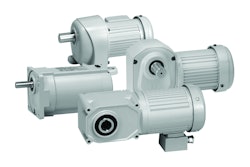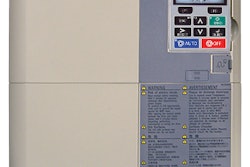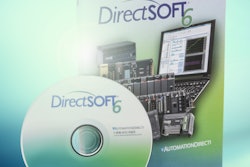Here's a few insights from Randy Cotton, Engineering Manager at San Francisco-based Big Heart Pet Brands.
•We're always looking for that next thing that will make us more competitive. For the most part we've zeroed in on a core set of equipment makers who provide equipment and services that set them apart. With these companies we look to establish a strategic relationship. One goal is to standardize across our plants, both in processing and packaging. This lets us leverage a number of benefits, whether it's extra value-added services or pricing advantages or enhanced service levels. We aren't looking at price alone. Best value for dollars spent is a better way of looking at it. Value, of course, can be hard to define. What's clear, though, is that it's not just who is the lowest bidder. It may be who has the best track record when it comes to support after the sale, or who has the most robust infrastructure when it comes to design and build.
•In some ways TCO is synonymous with value. One thing we wrestle with is that our plants were not founded by one single company. Most our plants — we have five facilities— were separate independent companies at some point, each with its own culture. But with industry trends being what they are, we're moving more and more to company standardization. Which means that when we look at equipment, we're trying to look at a bigger picture. What suits the whole company becomes the question. So TCO is something we're looking at more closely than ever when it comes to new equipment purchases. Reliability, uptime, TCO, OEE--these are things we're more focused on than ever before.
•We'd like to keep a pretty tight rein on controls. We're defining standards more tightly than we have in the past. Being five companies that were started independently of each other, there are legacy systems to deal with and take into account. Within our network, certainly Rockwell is the most predominant controls supplier on our radar screen. But others are in the mix, so all of this has to be balanced when we look at it. But overall, we recognize the fact that factory network security is becoming more and more important and standards are an important part of that. So how does that play out with the OEMs and the way they design their control systems? These kinds of issues are leading us to dictate what kind of controls components we'd like OEMs to use more than in the past.
•What kind of advances have I seen in controls? Well, specific to Rockwell is the AOI: add-on instructions. It's where you actually create an object. Take a conveyor, for example. Within the programming you can actually create a virtual conveyor and define what it would look like--it has a motor, the motor has a starter, it has a disconnect, it has some limit switches. Within this program you define what a conveyor can possibly look like on that object. But then every time you have a conveyor you need to write code for, you just pull out this defined object and enable or disable those aspects that are relevant to that specific conveyor. So if it's a non-reversing conveyor you just disable the reversing portion of it. It can save us time spent on programming development. But what it really allows us to do as well is standardize programming across plants, and then when we link that with some of our larger supervisory software like Wonderware or others, they have a similar graphical object that links directly to that. So now you have a virtual programming object and a graphical one. Development time is very quick on that. Functionality is preserved and security is assured. We've started pushing a lot of that programming down to some of the OEMs who are strategic partners with us if we see that that would help them improve their equipment in terms of what they can offer us. With the OEMs with whom we have a close relationship, they see right away that it has significant benefits for them as well as for us, so they're very receptive to it.

























